-
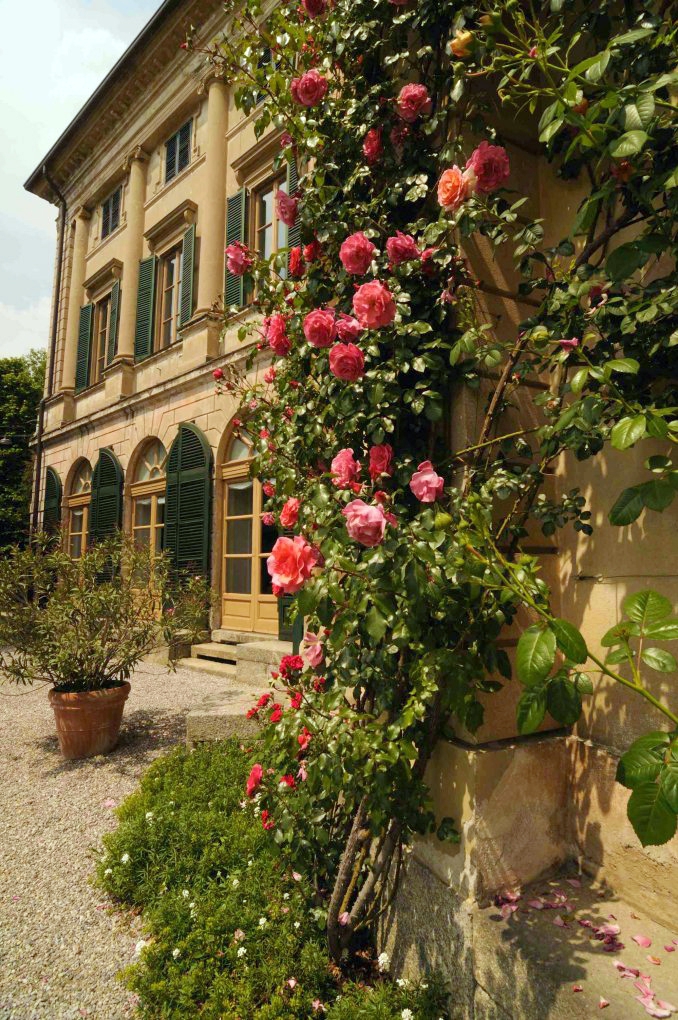
Villa Carcano Park -
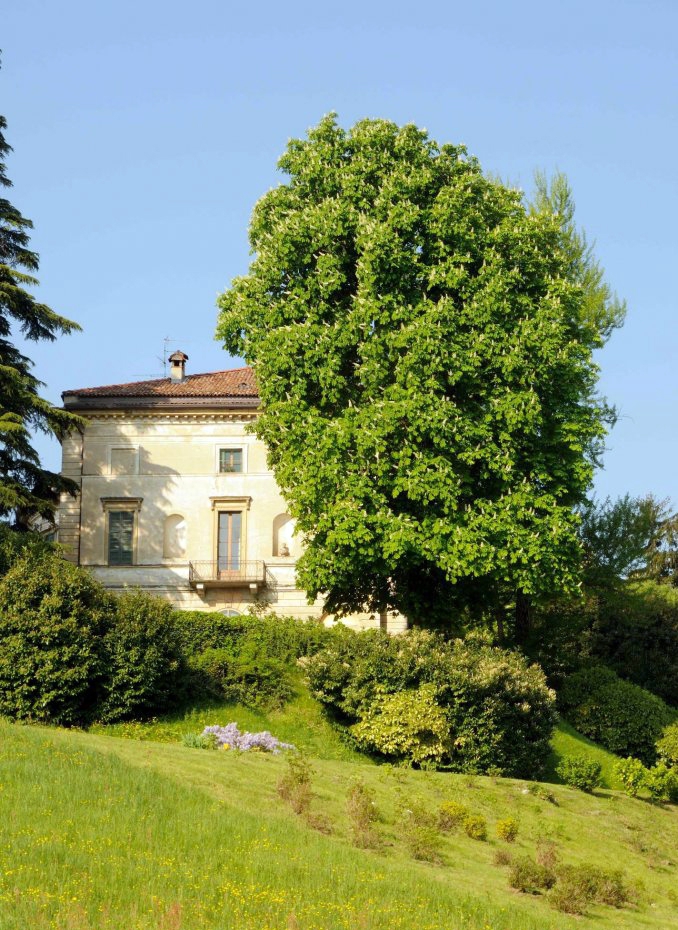
Villa Carcano Park -
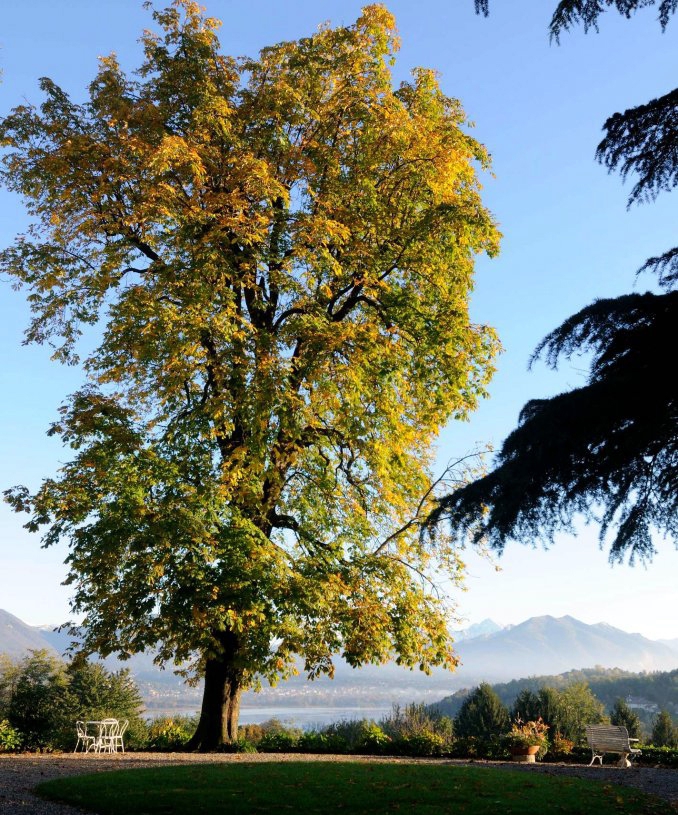
Villa Carcano Park -
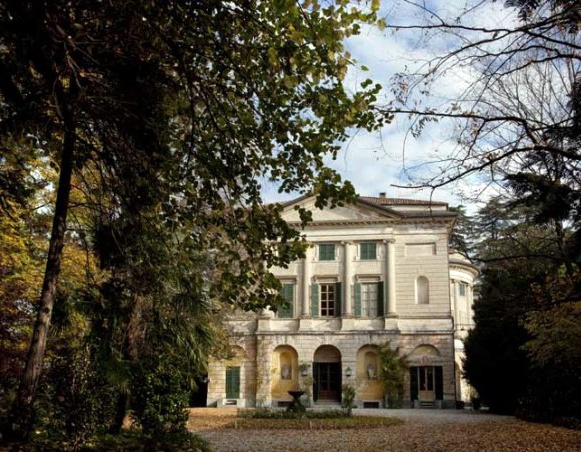
Villa Carcano Park -
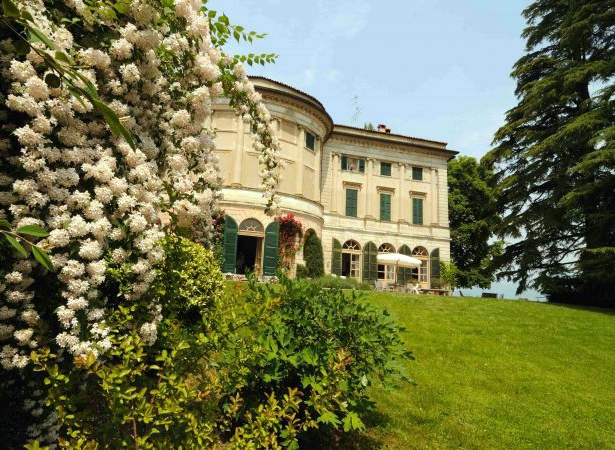
Villa Carcano Park -
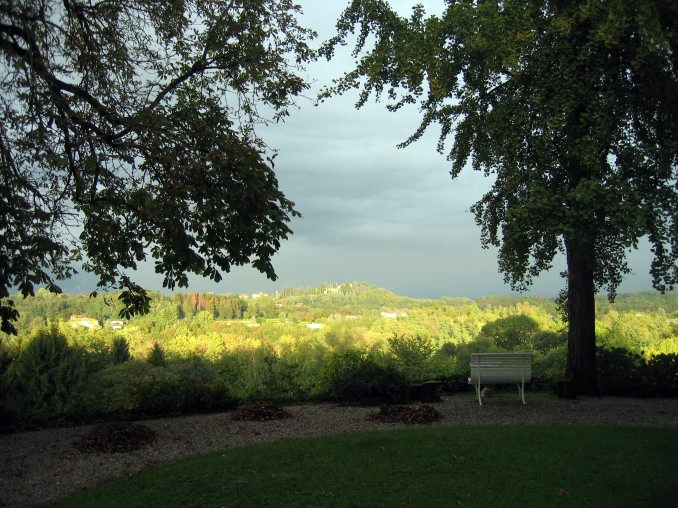
Villa Carcano Park -
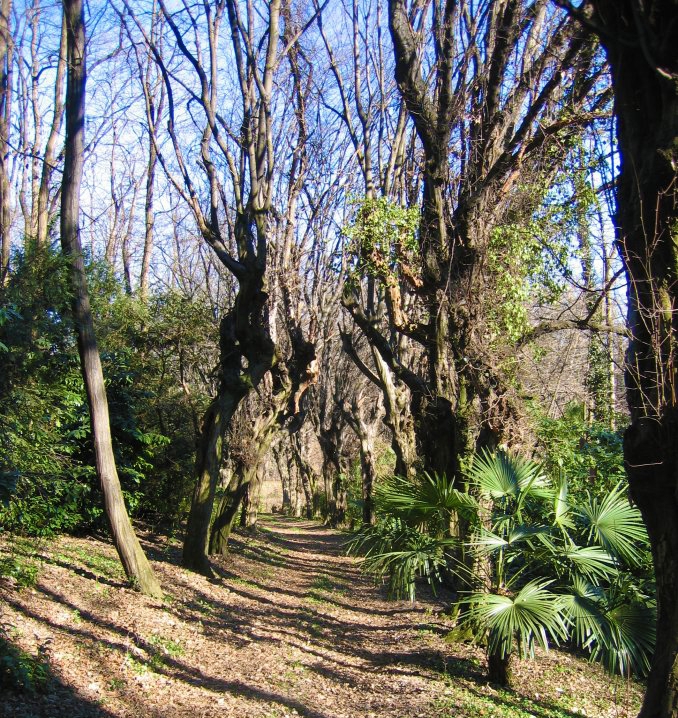
Villa Carcano Park -
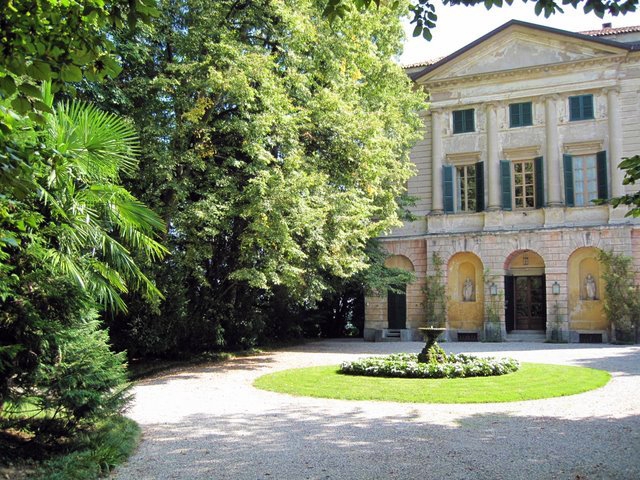
Villa Carcano Park -
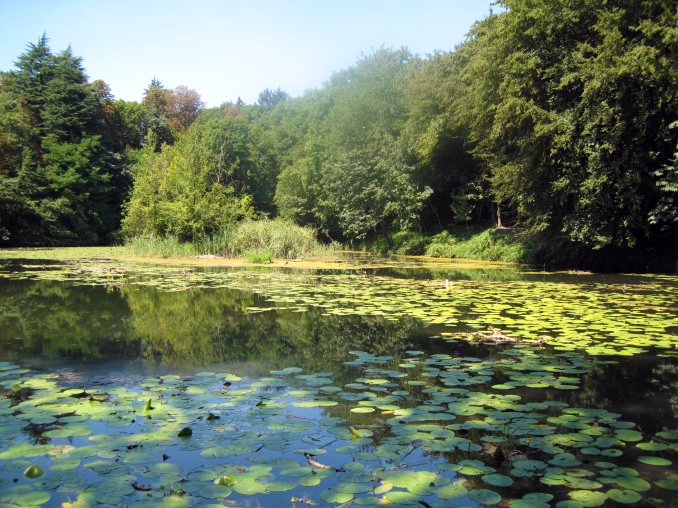
Villa Carcano Park -
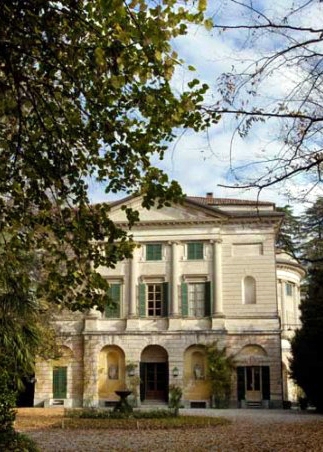
Villa Carcano Park
Villa Carcano Park Anzano del Parco Like
Villa Carcano Park: History
The location, on the last foothills of the Alps and the lush greenery of the Park, now allows to appreciate a magnificent landscape of the Brianza region, pristine, as it was two centuries ago. The Park and the Villa have been designed and built around 1790. They have since been property of the same family that created them, took care to maintain them and that is directly managing the site today.
Since autumn 2010, the Park is open to visitors during two limited periods in Spring and Autumn. The Parco di Villa Carcano is a member of the association Grandi Giardini Italiani and of the Gardens of Lake Como and Brianza, organized by the Province of Como. It extends on the slopes of a hill, facing east, and over a small valley, with an outstanding view of Lake Alserio, the mountains Grigne and Resegone.
The Carcano, a family of the aristocracy of Milano, was present by the early seventeenth century also in Anzano, where they had established an important farming exploitation. This farm extended on land that lays far beyond the borders of the current park. In 1794-95 the Marquis Alessandro Carcano built on the site an imposing neo-classical style Villa, designed by the Austrian architect Leopoldo Pollack. Around the Villa, his son Carlo Camillo in 1805-1808 had a stone wall erected enclosing an area of over 40 hectares to develop and complete the Park and started introducing rare botanical specimens.
The vast park was created according to the landscape or romantic style following the sketches of Pollack and including structures and elements that accentuate the romantic atmosphere. Besides the farm buildings existing at the time, were built many nice pieces of decoration and for leisure: kiosks, porches, a small theater scene and a second ice house near the Villa. Among an alternance of wide meadows and fresh valleys was created a large lake with two islands accompanied by two smaller lakes. All this, surrounded by alleys of stately trees and masses of botanical specimen now almost two centuries old.
Among the most interesting tree specimens have to be mentioned several very old Celtis australis, Ginkgo Biloba, Aesculus hippocastanum and then Chamaecyparis, yews, cedars. Entering the park you are met by masses of palms and bay trees, a spectacular Fagus 'Purpurea Tricolor', a group of very tall Abies nordmanniana, centuries-old chestnut trees and magnolias. An avenue of old hornbeam, in the past bent and arranged to form a canopy – “carpinata" - leads to the main lake, filled with water lilies and wildlife, with two islands and, under a peninsula, a navigable tunnel. Up to the first half of the twentieth century the lake was used to produce ice in winter. Ice was cut in slabs, stored in the two ice houses of the property and then sold during the summer and offered as charity in the neighborood.
Since its creation, the Park was lived by the family Carcano - which still owns it - not as a formal garden to be exhibited, but as the living environment and leisure place of the family. And this is still the atmosphere that you breathe, without concessions to architectural or botanical exteriority: a nice place to experience and discover. The park was created in its final configuration in 1808 - 1810 and owes its design to the Austrian architect Leopold Pollack, who had designed the villa for the family Carcano, that still owns the estate.
Unable to complete the project because of a period of intense international turmoil (at the turn of the XVIII century, first Austrian rule, then French rule, then Austrian again, all in a few years), the owners decided pragmatically to devote to garden and park landscape only 20 hectares of green (originally there were 40) and to allocate the remaining part to agricultural activities.
The presence of a small lake and several important springs made possible the creation of irrigated meadows on slopes, fish ponds, and allowed in in the flat area cultivation of water demanding crops. From the parterre surrounding the house, lying on the hill, the view on the lawn sloping slides and focuses on the Lake Alserio, with the Grigne and Resegone mountains in the background. The landscape is framed by tall trees artfully arranged according to the dictates of the romantic garden. Among the most noteworthy tree specimens in this area there are Ginkgo biloba and horse chestnut, and then tuje, yews, cedars. Entering the park you have great masses of Aucuba japonica, a spectacular copper beech, beautiful Abies nordmanniana more than 25 meters high, magnolia, century old chestnuts.
An avenue of hornbeams leads to a lake, another element typically romantic, with two islands and a cliff under which was created a tunnel, once navigable. Up to first half of the twentieth century the lake was used to produce ice, which was stored in two large ice-houses, sold in the summer and given as charity. Today the lake is naturalized and is home to wildlife.
The surprises do not end at Villa Carcano Park: in deep vegetation can be found the remains of the Lazzaretto, sort of hospital during the sisteenth century plague, several buildings like anold ice house or "coffee kiosk" dating to the early 19th century, frescoed stables and an almost circular barn for the maneuvers of the coaches.
More to Explore.
Explore 23 other Parks and Gardens
Lake Como is a well known destination for its lavish gardens, parks and public spaces--whether a guided tour or summer picnic.